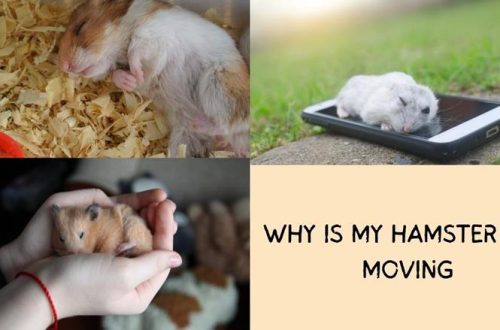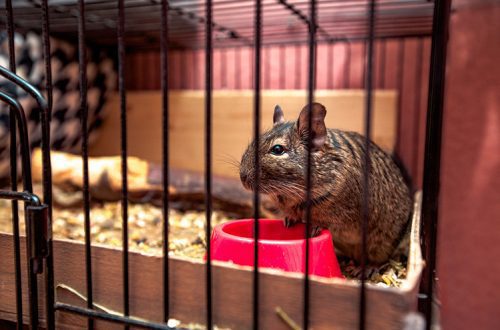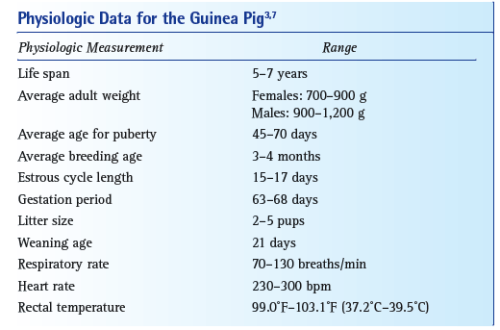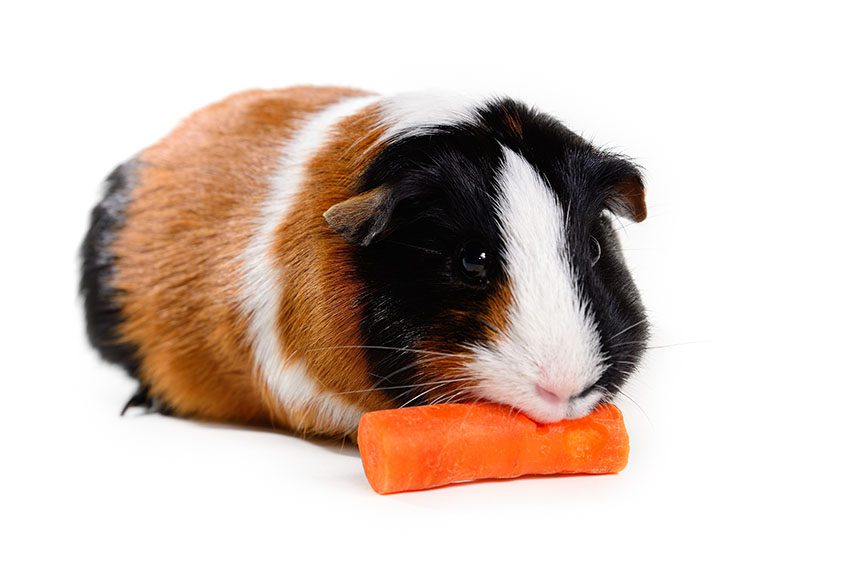
Why does a guinea pig shed, what to do with a strong and constant molt?
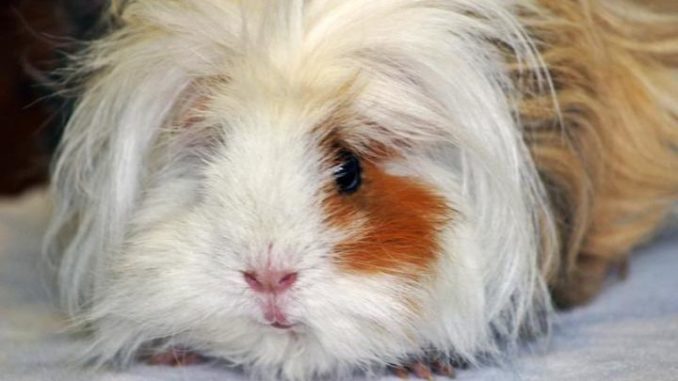
Guinea pigs are naked (bald) and covered with hair. Many breeds of animals have luxurious skins. Long-haired rodents are highly valued for their chic fur of the original color.
Contents
Types of molting in guinea pigs
The causes of hair loss in rodents are natural and associated with the deterioration of the animal. Natural molts: juvenile and seasonal.
All other cases when the animal loses its hair indicate:
- lack of vitamins and minerals in the feed;
- improper maintenance of the pet (high temperature in the room);
- pet disease.
Natural juvenile molt
The process of age-related change of coat in healthy guinea pigs should occur once in a lifetime. It falls during the transition of the animal from the state of childhood to adulthood. The guinea pig sheds naturally at this time, changing the soft fur coat to a stiffer one.
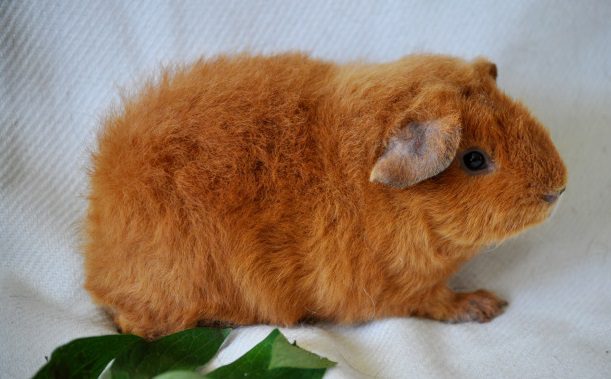
Seasonal molting in rodents
The seasonal change of wool in most animals occurs twice a year. In nature, guinea pigs respond to changes in ambient temperature. Rodents living in captivity do not have the ability to determine the time of year. The temperature in the apartment is kept almost at the same level. But this does not guarantee that the animal will not molt all year round.
Pets molt just like wild ones, but their natural rhythm goes astray. For this reason, molting in guinea pigs can take place at any time of the year.
Features of seasonal molting in domestic pigs
If a guinea pig sheds in autumn or summer, then this process takes place without causing any inconvenience to the rodent. At this time, the animal’s diet contains a lot of fruits, vegetables, fresh grass, which means that it receives enough vitamins and minerals.
Winter molting can drag on until March. The animal at this time may experience discomfort and nervousness. This is due to the fact that in winter the animal receives less fresh plant food.
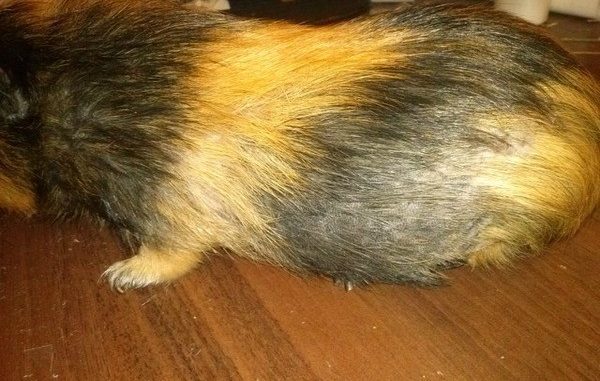
The protracted process of changing the coat of a rodent with the onset of the winter season is associated with the inclusion of heating in apartments. The rooms become excessively dry and warm. This negatively affects the condition of the pet.
Frequent airing (it is better to take the cage with the animal to another room at this time), air humidification will make the molting process less problematic.
Feeding rodents during molting
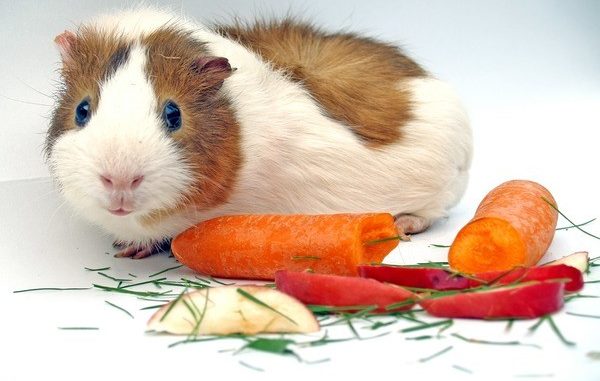
Pet owners try to pamper their pets with apples, peaches and strawberries. However, it should be understood that imported vegetables, fruits and berries are practically devoid of vitamins. Often they contain harmful substances that the fruits are treated with before transportation.
In early spring and winter, when the animal is especially in need of fresh plant food, it is better to give it locally grown vegetables:
- cabbage;
- carrot;
- pumpkin.
You can not feed the rodent with canned vegetables and fruits. For animals, such food can cause poisoning.
Sprouted seeds are very useful:
- wheat;
- oats;
- peas.
These products will bring the animal more benefits than imported fruits.
Important! Peas in the diet of guinea pigs are required, but they should be given in limited quantities, no more than 5-7 grains per day.
It is very good if the rodent eats hay with pleasure. Properly dried healthy grass will saturate the body with the necessary substances.
During seasonal molting, the body needs additional vitamins, minerals, and amino acids. The inclusion of vitamin complexes in the menu of the animal will help to transfer it painlessly. Adding ascorbic acid to drinking is good for pigs at any time. Vitamin C helps to regenerate the coat of the animal faster.
Unnatural molting
If the pet is constantly losing hair, the owner should pay attention to this.
Improper diet
This happens if the animal lacks any vitamins or minerals. Noticing hair loss in a rodent, the owner needs to purchase special vitamins for guinea pigs against molting. Give them to the animal regularly with food.
Окружающая среда
Another reason for severe hair loss is high temperature and high humidity. Regular airing of the room is an important and effective way to rid the animal of this unpleasant condition.
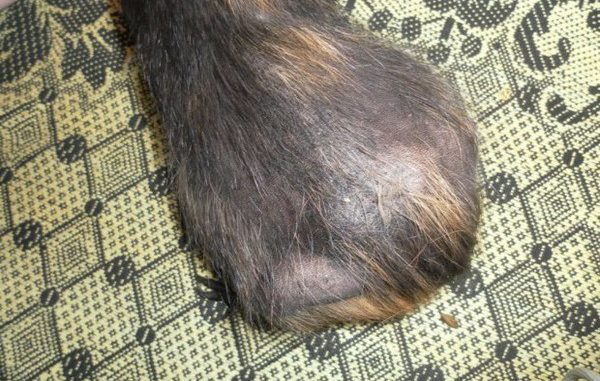
If this does not help and the animal still sheds heavily, you need to contact your veterinarian for advice. This may be a symptom of a serious illness.
Post-traumatic shedding
This is a rather painful process. Such molting can be associated with burns: thermal, chemical or solar. After them, the regeneration of the epidermis begins.
If the animal begins to actively shed, the owner needs to remember:
- how long he kept the animal in the open sun;
- whether you used a shampoo not intended for pigs when bathing;
- whether the animal could overheat during transportation in the car.
These may be the very reasons why the rodent started molting.
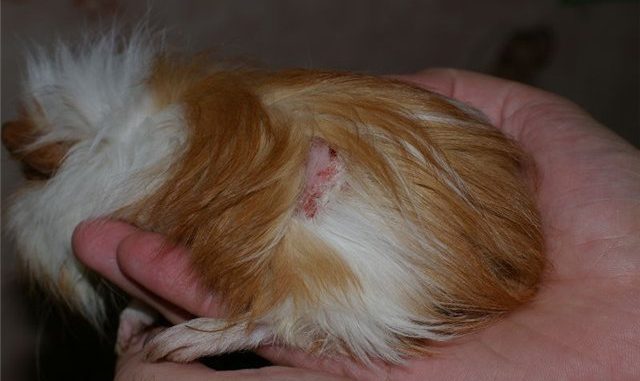
disease
To provoke a molt can: parasites, allergies to bedding, food or fungus. In such cases, molting is accompanied by symptoms such as:
- severe itching;
- partial baldness;
- scratches on the skin;
- decrease or lack of appetite;
- the formation of abscesses, papules, dandruff;
- dry skin.
The appearance of at least one of these symptoms should alert the owner of the rodent.
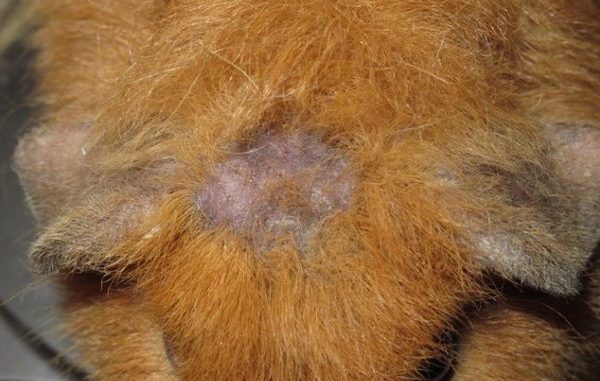
Important! No need to try to heal the pet yourself. Only a specialist will be able to accurately diagnose and prescribe the correct treatment.
Video: Guinea pig molting
What to do if a guinea pig sheds
3.1 (61.36%) 103 votes



